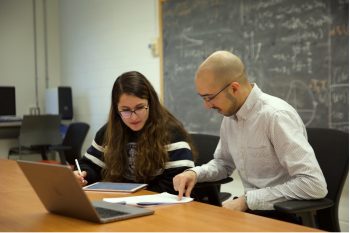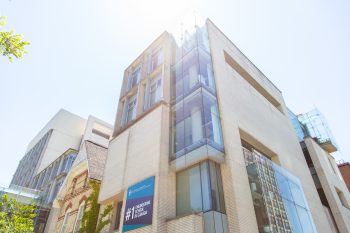Sujoy Ghosh Hajra (ECE 0T8) never has to go far for inspiration. A systems analyst, he toils away at a lab for the National Research Council Canada’s Institute for Biodiagnostics (Atlantic).
The lab is located at the Queen Elizabeth II Health Sciences Centre in Halifax, where there is no shortage of the patients and their families who drive his passion.
You could be forgiven for wondering about the connection between a computer engineer and health care. But once you meet this 25-year-old research dynamo and hear what he’s been up to since he was wooed here as a recent University of Toronto computer engineering graduate in 2008, you’ll be grateful there is one.
Ghosh Hajra is a key member of the Canadian team responsible for a medical breakthrough — the world’s first virtual brain surgery.
In August 2009, when Halifax neurosurgeon David Clarke took out Ellen Wright’s benign brain tumour, he and the team were in familiar territory. Hours earlier, they had practised the same operation on her brain, without ever having made an incision, thanks to a virtual-reality neurological simulator.
Impossible? Not at all, in large part because Ghosh Hajra, working with others, had figured out a way to take pictures from scans like MRIs and turn them into realistic 3-D images. Those images showed surgeons the precise details they needed to plan and practise what they would do in the operating room.
“It’s very patient specific, not a generic brain the surgeon practises on,” Ghosh Hajra says. “In brain surgery, it’s a very important thing because everyone’s brain is slightly different.”



